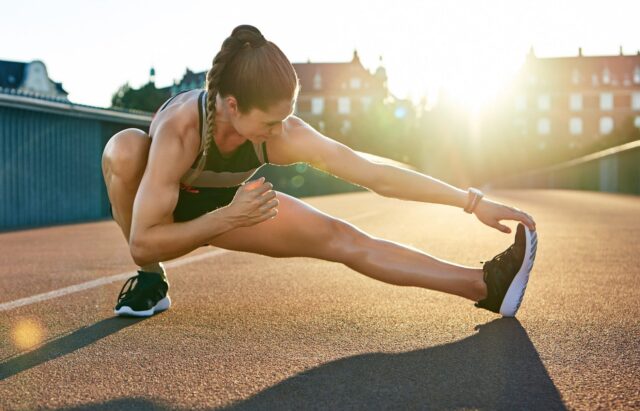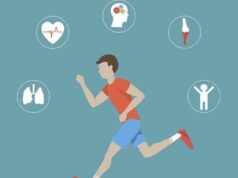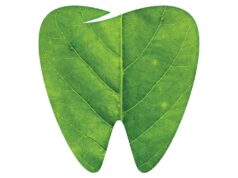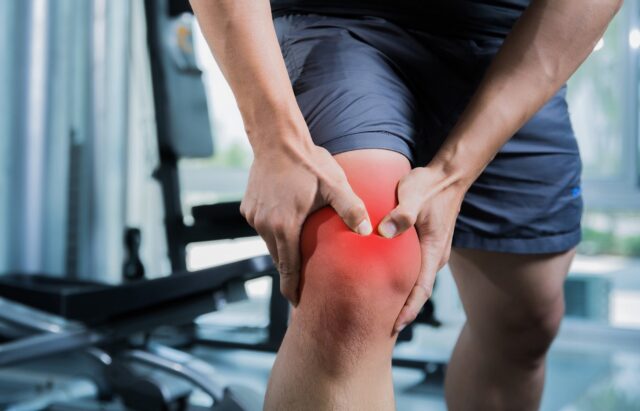
Nearly every athlete experiences pain. Whether you’re just starting out or have been engaging in sports for many years, you can definitely attest to this fact.
You realize that you’re always moving your muscles when running, lifting heavy weights, jumping, swimming, throwing heavy objects, or cycling. Depending on the intensity with which you perform these activities, your muscles can experience varying degrees of pain—from mild to severe.
Here are eight ways you can help reduce pain as an athlete:
1. Wear Comfortable Shoes
Foot pain is common among athletes. You hear complaints about sprained ankles, swollen toes, injured heels, and the like. Some of these injuries can be avoided by wearing the right type of shoes.
Here are some shoe features to consider:
- Studs to avoid skidding on grassed pitches
- High traction outsoles to ensure a firm grip on wet trails
- Meshed upper section for proper airflow around the feet
- Wide heels to prevent overpronation, (i.e., the inward movement of your foot to distribute the impact force while running)
- Plush cushioning to absorb shocks as your feet hit the ground
Note that your choice of shoes should depend on the type of sporting activity you’re involved in. Football shoes, for instance, have a special set of features that differentiate them from running shoes.
2. Consider Using Medical CBD

CBD is a naturally occurring compound in cannabis plants. Research reveals that CBD has the ability to bind to endocannabinoid receptors found throughout the body. This union triggers a series of cell responses which may help alter pain signaling pathways.
As such, CBD is extracted from cannabis plants and used to make several pain-relief products. These can take the form of oils and tinctures, gummies, oral capsules, creams, balms, salves, or topical patches.
You may want to check out websites such as noblehemp.com for a deeper look at using CBD topicals as a potential pain-reliever.
3. Get A Massage
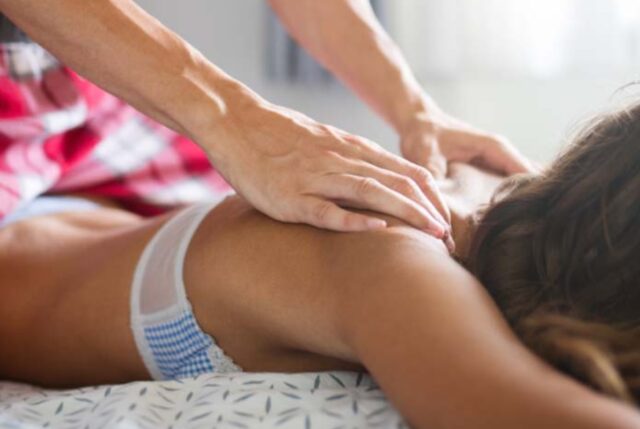
Massage can also help relieve muscle pain. You’d want to use the services of a certified massage therapist for the best results. Depending on the severity of your pain and the affected part of your body, the specialist may suggest either light or deep tissue massage.
The latter type involves applying hard pressure to access the deeper muscle layers. Strokes are also applied more slowly for the same reason. As this is done, scar tissue and muscle knots are broken up while tissue fibers get realigned. The expected result is a restoration of proper blood circulation, hence, less pain on various parts of your body.
Drink some water after the massage session to help flush some of the metabolic wastes produced during the massage process.
4. Get An Ice Massage
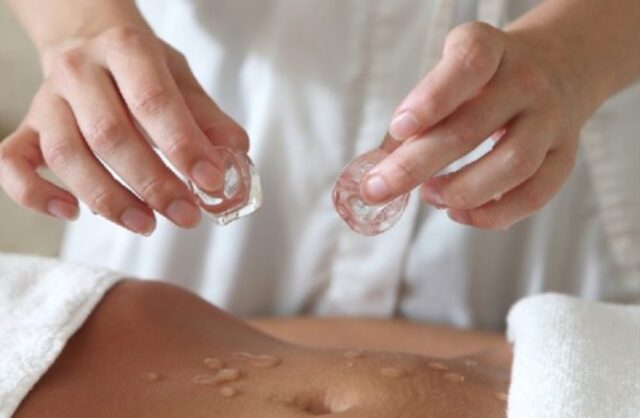
Ice massage therapy is a popular pain-relief method for athletes. All you need are ice packs and a buffer material like a towel. Using the icepacks directly on your skin can give you frostbite. Cover the affected area with a towel and place the icepacks on top for about 15 minutes.
The cold leads to vasoconstriction of the veins around the affected area, thus reducing blood circulation. And after the cold is gone, the veins dilate, forcing blood to dash into the affected area. This influx of blood brings with it essential nutrients that help restore the muscles, tendons, and ligaments to their original condition.
It’s best to use this method not more than 24 to 48 hours after an injury.
5. Get A Sea Salt Bath
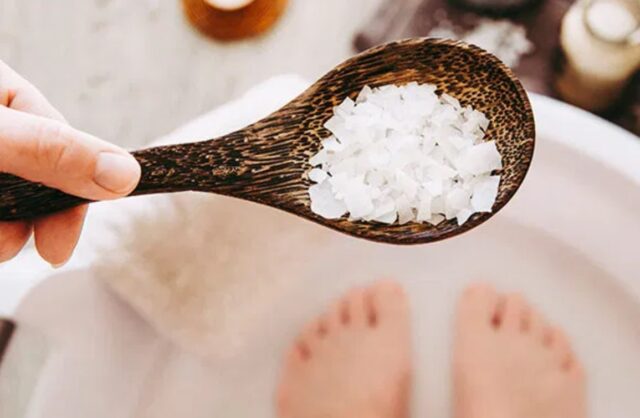
Sea salts are obtained through the evaporation of seawater. They’re mostly rich in magnesium, iron, zinc, potassium, and calcium.
Add anything between a quarter and two cups of sea salt to your bathtub with a water temperature of about 40 degrees Celsius. Soak in the tub for about 20 minutes or as long as you desire.
Salt baths have been scientifically proven to help relieve joint stiffness and muscle pain, as well as stimulate blood circulation.
6. Meditate, Do Yoga

Experts claim that yoga helps strengthen the parts of your brain that manage pain. Additionally, yoga is a low-stress exercise that aids in the production of endorphins, and you’re already aware that this is a natural painkiller.
Another evident benefit of yoga is improved blood circulation throughout your body. As oxygen and nutrients infiltrate your muscles and organs, natural healing takes place.
7. Use Pain Medication

There are several drugs in the market that you can use to reduce acute pain. It’s always good to consult your doctor before taking pain medication.
Your doctor will prescribe painkillers that are safe for you. Some drugs are known to interfere with existing health issues. Others can cause severe interactions when combined with other medications.
Note that most pain medications are designed to help reduce acute pain, not chronic pain. The latter is quite complicated and its treatment isn’t usually straightforward.
8. Try Acupuncture For Lower Back Pain
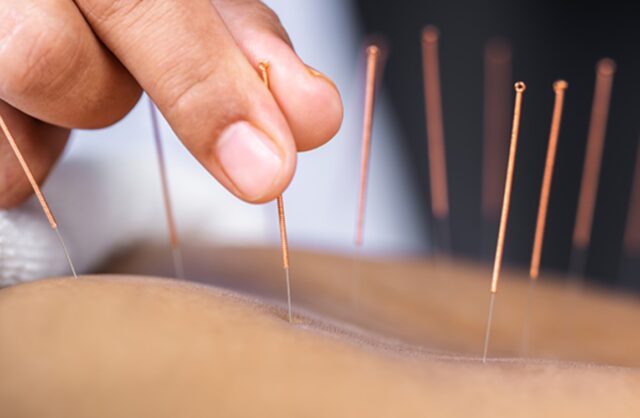
Acupuncture has been widely accepted by many medical doctors and researchers as a feasible pain relief technique. It’s a traditional Chinese method that has been practiced for over 2,500 years.
It involves the use of very thin needles to trigger the sensitive parts of your body. Every needle inserted into your body causes a small injury. This sends a message to the brain that the body needs to respond. This way, the immune system is stimulated and you experience increased blood flow to the affected area.
The influx of blood promotes pain modulation. While it sounds quite scary, those who have undergone the procedure claim the needles cause little to no discomfort.
Which Pain Relief Method Do You Prefer?
From the eight alternatives listed above, which one best fits your needs? Indeed, all are beneficial in terms of pain relief. There’s not one method that’s overly advantageous over the rest. The costs, ease of use, and applicability may vary.
You can try them one by one and see which one works best for you.
However, it would be best to consult your physician if the pain persists. Otherwise, keep playing, keep exercising, because you’re on the right track.

